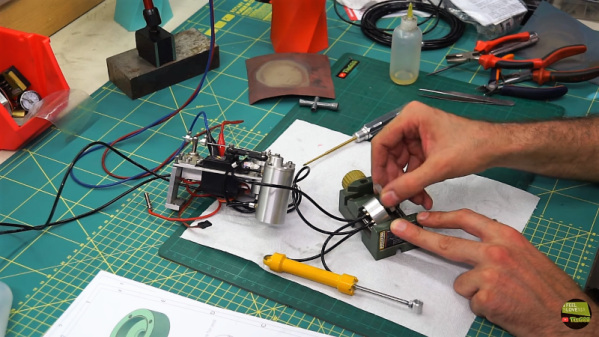Those of us who use microprocessors in our work will be familiar with their cost, whether we are buying one or two for a project or ten million on reels for a production run. We’re used to paying tens of cents or maybe even a dollar for a little microcontroller in single quantities, and these are probably the cheapest that we might expect to find.
There is a stratum of cheaper devices though, usually from Chinese manufacturers with scant data in English and difficult to source in Europe or the Americas. These chips cost under ten cents each, a figure which seems barely credible. To shed some light upon this world, [cpldcpu] has produced a run-down of some of the available families that even if you will never work with such an inexpensive option still makes for a fascinating read.
These processors are not the type of component you would use for high intensity tasks so it’s probable that you will not be mining cryptocurrency on a brace of them. Thus their architecture is hardly cutting-edge, with the venerable PIC12 being their inspiration and in some cases their direct copy. These are all write-once devices and some of their toolchains are variable in accessibility, but perhaps they aren’t as terrible as some would have you believe. If you are looking for inspiration, we’ve featured one of them before.
TL;DR: the Padauk PFS173, at just under $0.09, has an open-source toolchain and a decent set of peripherals.
Thanks [WilkoL] for the tip.
Image: A real PIC12 die shot. ZeptoBars [CC BY 3.0]


















